
It goes without saying that the fiesta is the quintessential element of Spanish culture and the Spanish people simply wouldn’t be who they are without it. The concept may seem quite alien to the British, whose experiences may well have been limited to a rain-soaked summer carnival and a travelling fairground in a muddy local park every summer. However there are over 15,000 fiestas every year throughout Spain and it is said that even if you attempted to attend more than one a day, you wouldn’t be able to see them all in a single lifetime. And Jávea is no exception when it comes to the enthusiasm to party and there are celebrations of all shapes and sizes throughout the year.
Public Holidays 2024
RED = National | GREEN = Autonomous | BLUE = Local
Monday 1st January – AÑO NUEVO
Saturday 6th January – EPIFANÍA DEL SEÑOR
Tuesday 19th March – SAN JOSÉ (Comunidad Valenciana)
Friday 29th March – VIERNES SANTO
Monday 1st April – LUNES DE PASCUA (Comunidad Valenciana)
Monday 8th April – SAN VICENTE FERRER (Xàbia)
Wednesday 1st May – DÍA DE LOS TRABAJADORES
Friday 3rd May – LA SUBIDA (Xàbia)
Monday 24th June – SAN JUAN (Comunidad Valenciana)
Thursday 15th August – ASUNCIÓN DE LA VIRGEN
Wednesday 9th October – DÍA DE LA COMUNITAT VALENCIANA
Saturday 12th October – FIESTA NACIONAL DE ESPAÑA
Friday 1st November – TODOS LOS SANTOS
Friday 6th December – DÍA DE LA CONSTITUCIÓN
Wednesday 25th December – NATIVIDAD DEL SEÑOR
Xàbia Fiesta Programme 2024
This programme is subject to change and will be continuously updated throughout the year
JANUARY 2024
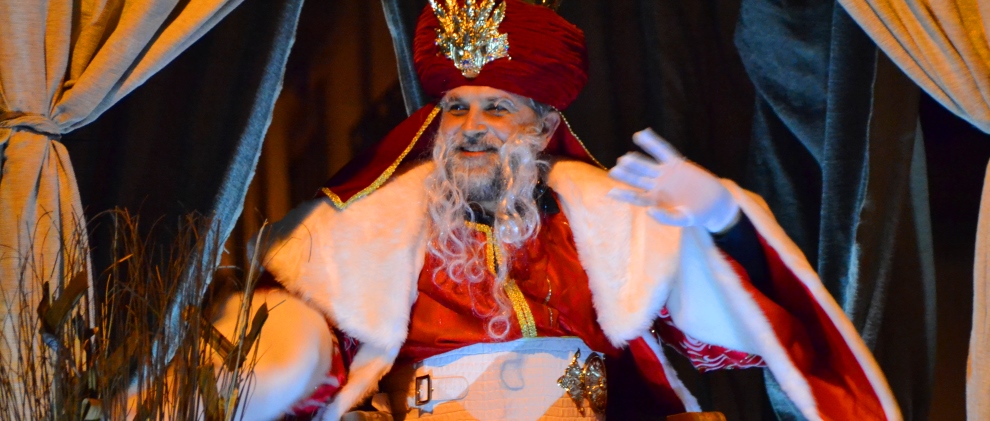
The arrival of the Los Reyes Magos – the Three Kings – by fishing boat in the port of Xàbia, followed by a procession through the streets of the port and up to the historic centre. On this night, the children will be expecting a visit from their majesties at their homes, laden with presents, and they will be polishing their shoes to leave outside their doors.
La Epifanía del Señor – the Epiphany – brings the Christmas season to a close. It is the day that Christians celebrated the revelation of God incarnate as Jesus Christ and commemorates the visit of the Three Wise Men or Three Kings to visit the baby Jesus after following an angel to Bethlehem.
This is a national holiday, known as a RED DAY, and most shops and businesses will be closed.
The Burning of the Pine of San Antonio Abad is a modest affair compared to other festive events in Xàbia, something that will slip almost unnoticed by most of the population. The day begins with the dragging of a large pine tree through the historic centre to the square at the bottom of the town where the tree is erected and prepared for burning on the same evening, a symbolic act to strengthen the sun and shorten the long winter nights.
On the Sunday after the burning of the pine, there is a procession of horse and cart through the historic centre, down the port zone and back again to the Plaza de la Constitución where the town priest will be on hand to bless all the domestic animals since San Antonio Abad is the patron saint of animals, domestic or otherwise. The square will be filled with animals of all shapes and sizes from dogs and cats through the birds, insects, horses and other exotic animals!
The actual feast day of San Antonio Abad is January 17th and all activity is based in the port zone. After a modest procession through its streets with dulzaina and drums, there is a dedicated mass in the church of Mare de Déu de Loreto before a short procession with the image of San Antonio Abad to the port promenade where the priest will bless the animals with the great headland of San Antonio serving as a backdrop; see if you can spot the saint himself in the cliff face!
This day is the feast day honouring San Sebastian, the patron saint of Xàbia who – it is said – saved the village from the horrors of ‘Black Death’ in medieval times and has forever been honoured as the saviour of its people. Celebrations have recently been revived with bull-running around the church square over the weekend nearest to the feast day. For 2024, there will be a new feature of the celebrations in the grounds of the Riurau d’Arnauda next to the Parque Montaner.
FEBRUARY 2024
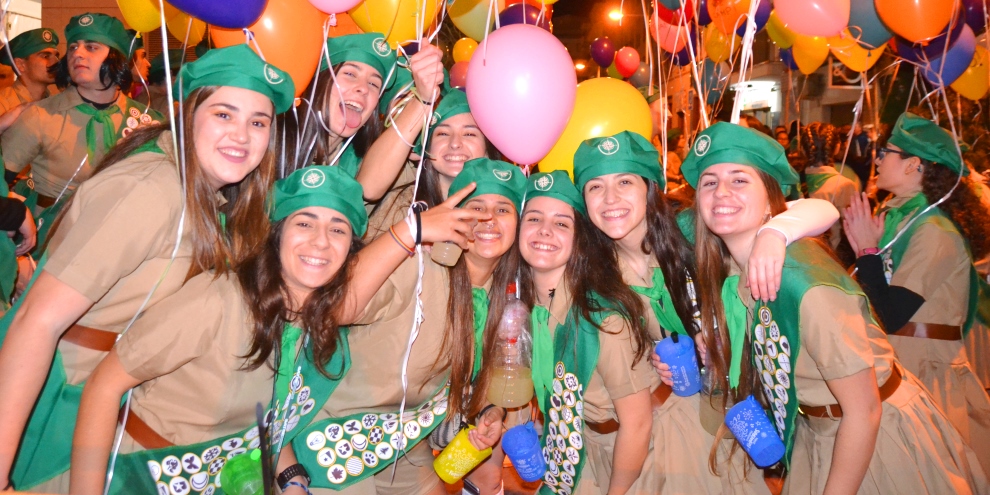
This is an annual event that marks the onset of Lent, a solemn religious observance that commemorates the 40 days that Jesus spent fasting in the desert and enduring the temptation of the Devil. Therefore it’s an evening of great indulgence, dressing up and general merriment. Although Xàbia’s celebrations don’t quite meet the great standards set by Cadíz, Santa Cruz de Tenerife or Rio de Janeiro, there are normally two parades – one for children and families and one for adults – before dancing to music late into the night.
MARCH 2024
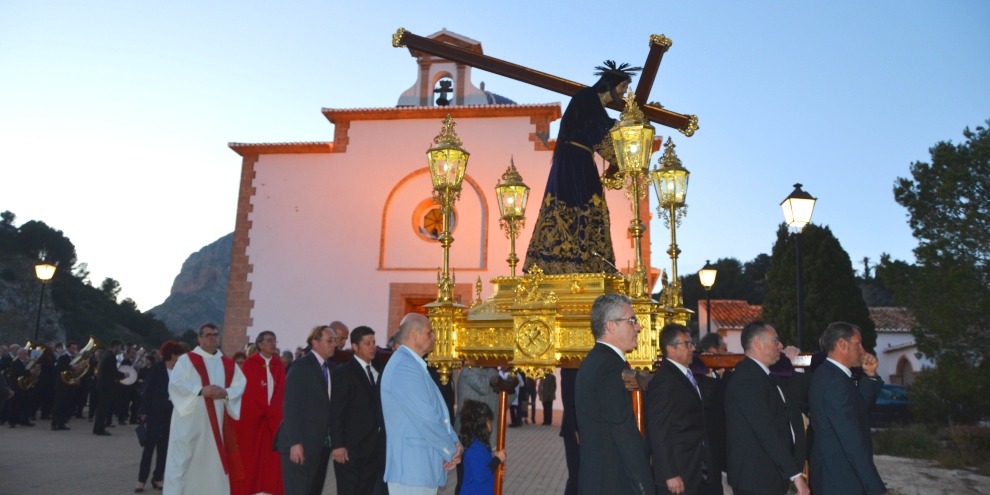
On the Third Sunday of Lent, the people of Xàbia dress in their finest and walk up to the blue-domed church of Calvario to accompany the treasured image of Jesús Nazareno and the Virgen Maria in its journey down to the village. They will carry long candles to light the way down the Vía Crucis and through the great tosca gateway to the heart of the historic centre where the image will sit inside the fortress-church of San Bartolomé over Easter and throughout the festivities honouring it at the end of April and beginning of May. On Wednesday 3rd May, it will be carried back up the chapel in great celebration.
A celebration of blues music on the promenade of the Arenal beach, the 2024 edition featuring:
- The Travellin’ Brothers
- Cat Squirrel
- Wax & Boogie
- Txus Blues & César Canut
- Ibai García Blues Project
- S.A. for Dixieland Band
- Jonás Molina Band
- Nasty Boogie
- Slideboy Vegas and His Blues Buddies
March 19th honours San José, the husband of Maria, the mother of Jesús Christ, and consequently it is known as ‘Día de Padre’ – Father’s Day – across many parts of Spain, including the Comunidad Valenciana. In the city of Valencia and across many towns of the Valencian region (although not in Xàbia), it is the final day of the great festival of Las Fallas.
This is a regional holiday and most shops and businesses will be closed.
Although there is the Easter Market in full swing, the oldest of its kind in the Comunidad Valenciana which fills the streets with great colour and fantastic aromas, this day commemorates the crucifixion of Jesus Christ and his death on the hill at Calvary and, as the sun dips behind the buildings of the historic centre, the people dress in their finest and, carrying long candles to light the way, make a short and very solemn procession through the narrow streets accompanied by slow music from the town’s band and emotional singing by an all-male choir.
This is a national holiday, known as a RED DAY, and most shops and businesses will be closed.
One of the popular acts of the day is the traditional gathering of the penyas and associations in the square around the church in the heart of the historic centre, a noisy and sometimes boisterous couple of hours in the early afternoon during which a number of temporary bars offer food and drink whilst hats, cakes and other home-made items can be bought at several stalls. And, of course, the traditional Easter Market is still filling the streets of the historic centre. The following day, Monday 1st April, is a regional holiday in the Comunidad Valenciana.
APRIL 2024
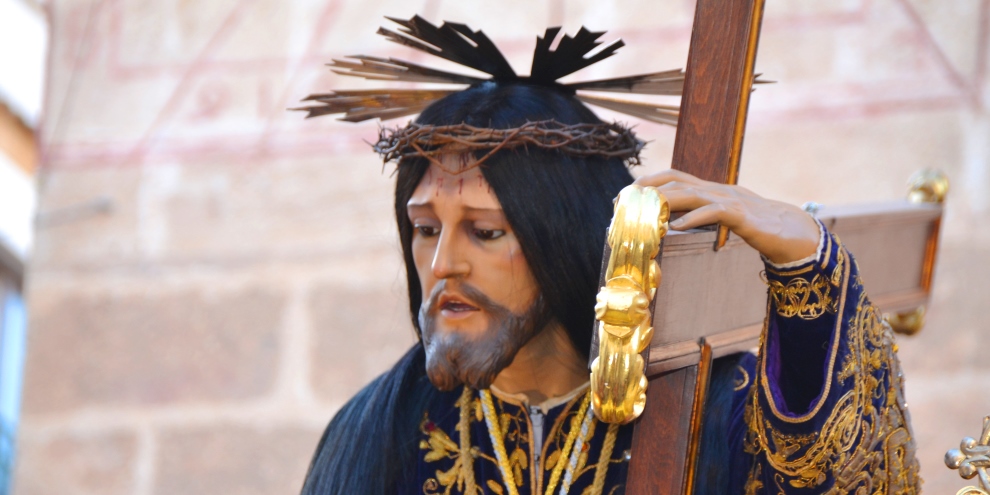
FIESTAS EN HONOR A JESÚS NAZARENO

At the end of the month, the village will start preparing for the biggest religious celebrations of the year, those which honour the treasured image of Jesús Nazareno. There will be bull-running in the Placeta del Convent, discos and live music, flower offerings, the famous flower crosses placed around the historic centre, and the return of the image to the blue-domed chapel on Wednesday 3rd May, with the festivities brought to a close with a stunning firework display.
MAY 2024
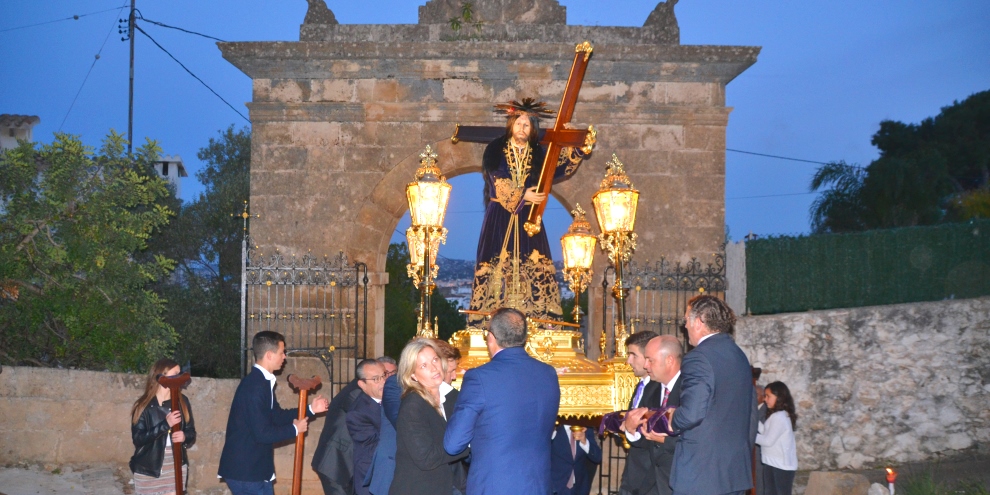
In Xàbia, May 1st also marks the day when the famous flower crosses are installed around the historic centre and, armed with special maps showing their locations, the people wander through the streets to marvel at these intricate creations. In the evening, there is a special procession to visit many of them with musicians serenading their creators.
This is a national holiday, known as a RED DAY, and most shops and businesses will be closed.
In Xàbia, this is the final day of the celebrations honouring the treasured image of Jesus Nazareno and there will be a special mass in the fortress-church of San Bartolomé, followed by a deafening ‘mascletà’ in the Plaza de la Constitución, a true Valencian celebration of noise. In the evening, the people of the village will dress in their finest and, carrying long candles, they will accompany the image back to the blue-domed chapel of Calvario. Afterwards, there will be a firework display in the Plaza de la Constitución.
This is a local holiday and most shops and businesses will be closed.
One of the most popular music festivals is Xàbia Folk. Over one weekend, there will be a series of concerts featuring traditional music from across Spain and Europe, sometimes from further afield to the Middle East and Africa. The concerts take place in the Plaza de la Constitución, except the final Sunday lunchtime concert which usually takes place inside the small chapel of Santa Llúcia on the hill overlooking the village.
May and June are traditionally the months for children to take their ‘Primera Comunión’ in Spain. The First Communion is a ceremony which is very common in the Catholic Church during which a young person, typically aged between seven and thirteen, first receives the Eucharist, given the sacred wafer and wine for the first time.
JUNE 2024
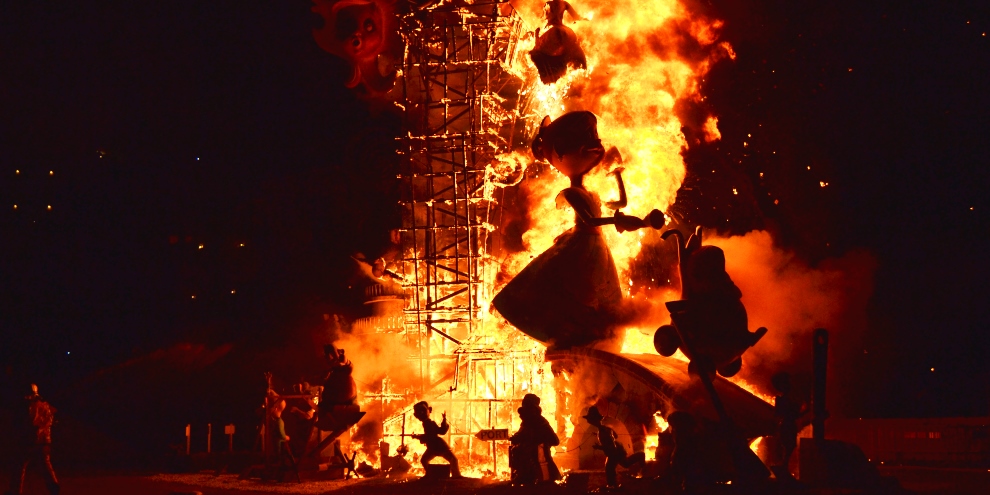
14 – 24 June 2024
FOGUERES DE SANT JOAN DE XÀBIA

The month of June is dominated by the biggest party of the year in Xàbia – the Fogueres de Sant Joan – in which the whole village comes out to celebrate midsummer. The festivities usually begin on the first weekend in the month with the emotional coronation of the Fogueres Queen and the presentation of the Quintà, the young people coming of age during the year who will be the main protagonists of the fiesta.
The party proper normally kicks off on June 13th with the official pregón and from then on, it’s a packed programme of bull-running, live music, discos, shows, parades, flower offerings, sports, competition before the famous ‘Nit dels Focs’ – the ‘Night of Fires’ – on June 23rd and the final emotional day on June 24th, the feast day of San Juan/Sant Joan and a LOCAL HOLIDAY in Xàbia, when there will be a special mass, a deafening ‘mascletà’, a float parade, the legendary firework display set to music, all culminating in the tear-jerking burning of the statues.
JULY 2024
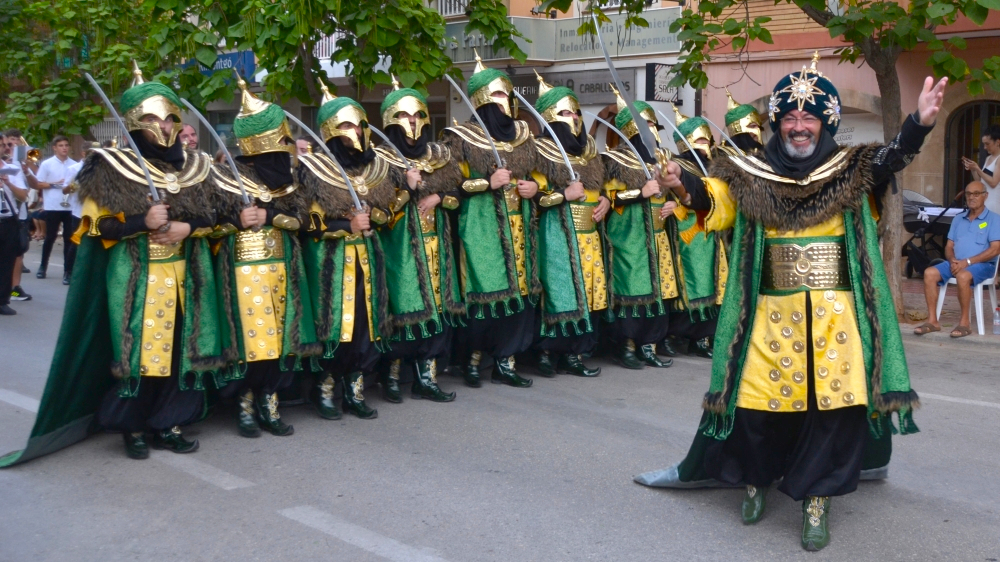

In July, the fiesta action moves down to the coast with the spectacular festivities of the Moors and Christians. For a week, the streets of the port will be filled with colourful costumes and deafening gunfire as the festeros remind us not only of the re-conquest of Spain from Muslim rule but also the daily struggle against pirates from North Africa which plagued this part of the Spanish coast right up until the 18th century.
The Virgen del Carmen, another invocation of the Virgin Mary, is the patron saint of the sea, and particular of the Spanish Navy and her feast day is celebrated on July 16th which a modest celebration in the port zone of Xàbia during which a flotilla of boats leaves the harbour to make a offering of flowers, honouring not only the patron saints, but also those who have lost their lives at sea.
AUGUST 2024

The fiestas in honour of the Virgen de los Ángeles are modest celebrations that are also known as the ‘fiestas of La Plana’ since they are centred around the sanctuary of Mare de Déu dels Àngels on La Plana. The fiestas include traditional music and dancing, community dinners and dancing to a band or disco until the early hours.
August 15 is a national holiday in Spain marking ‘La Asunción’ and is one of the Catholic Church’s ‘holy days of obligation’ when the faithful are expected to attend mass. However, over the years, the religious character of ‘15 de agosto’ has been lost and to many Spaniards it marks the start of their holidays.
This is a national holiday, known as a RED DAY, and most shops and businesses will be closed.
SEPTEMBER 2024
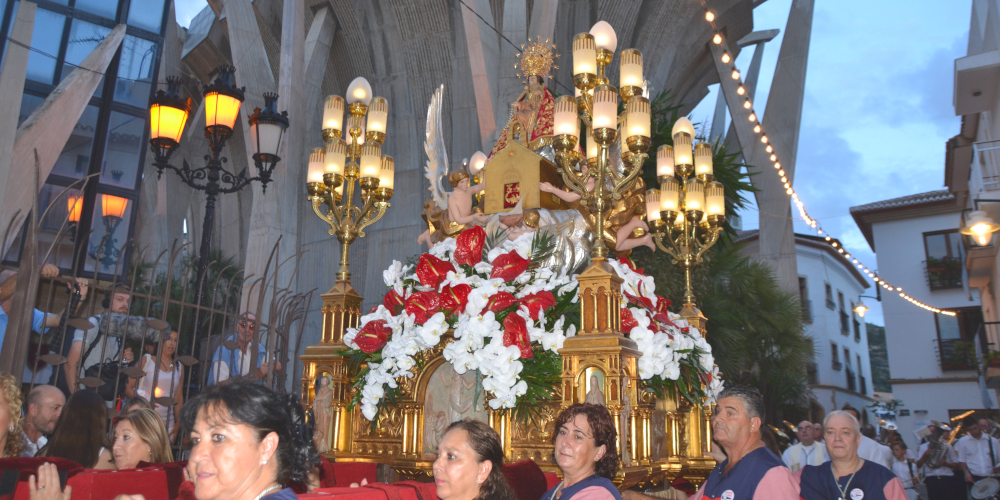
24 August – 8 September 2024
FESTES EN HONOR A LA VIRGEN DEL LORETO · The Port Fiesta
Although the festivities start at the tail end of August, the main celebrations claim the first week of September with the feast day of the patron saint falling on September 8th when there is the great aquatic firework display. If the Fogueres de Sant Joan in June kicks off the summer season then these celebrations brings it to a close. The children return to school and the beaches become noticeably less crowded. During this special fiesta, there is the bull-running on the very edge of the harbour, parades, live music, discos, solemn parades and, of course, the grand firework display.
OCTOBER 2024
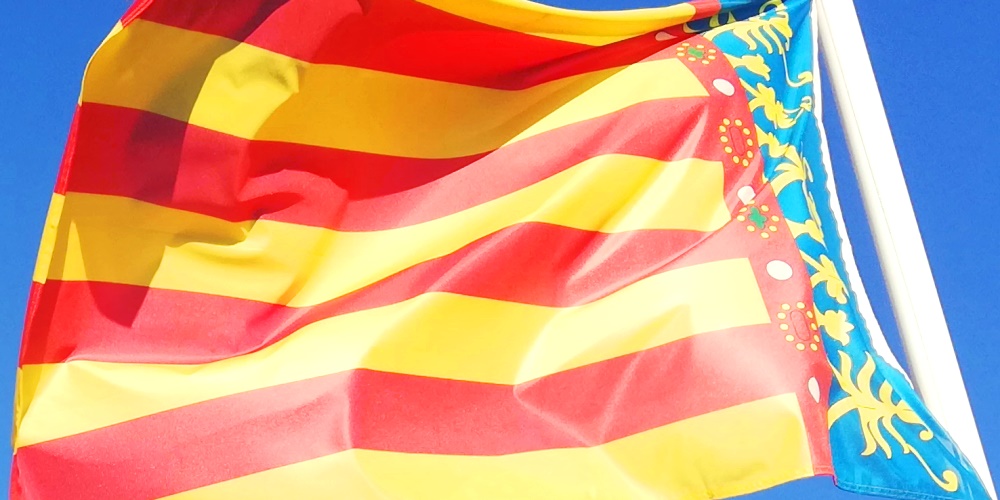
October 9th is the ‘Día de la Comunidad Valenciana’ and the date commemorates the entrance into the city of Valencia by Jaime I in 1238. In Xàbia the day is marked by the traditional prize-giving by the Ayuntamiento de Xàbia, the Premis 9 d’Octubre Vila de Xàbia awarded for solidarity and civic values in a very formal ceremony inside the council chambers.
This is a regional holiday and most shops and businesses will be closed.
Most shops and businesses will be closed. There’s plenty of excitement in the capital Madrid though where Spain’s military might parades through the streets (it’s broadcast live on national TV) and in Zaragoza where ‘Las Fiestas del Pilar’ are celebrated with a ten-day festival. In Xàbia, however, the day passes as just another day off.
This is a national holiday, known as a RED DAY, and most shops and businesses will be closed.
NOVEMBER 2024

November 1st – All Saint’s Day – is a very important national holiday in Spain as it is a commemoration of the dead when Spanish families head to the cemeteries to clean and place flowers on tombs of deceased relatives as a reminder that they may have passed but they have not been forgotten.
This is a national holiday, known as a RED DAY, and most shops and businesses will be closed.
DECEMBER 2024
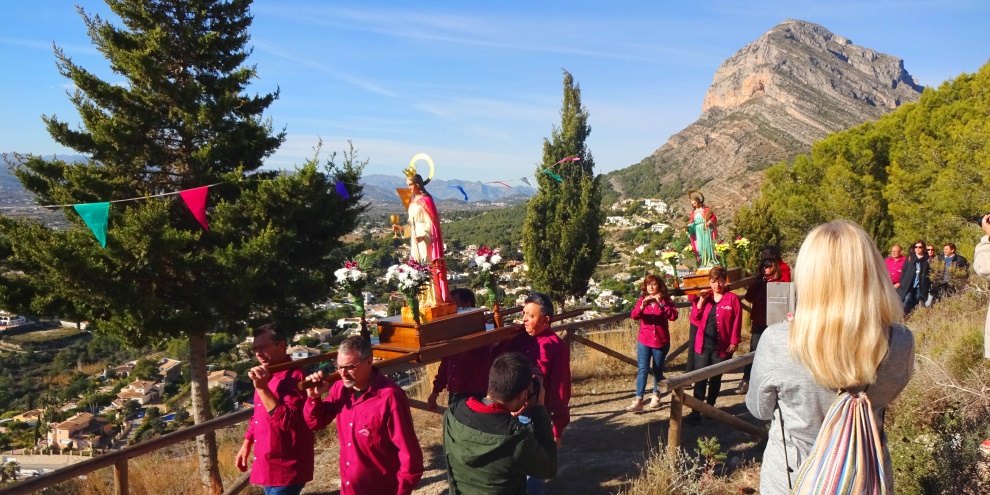
December 6 is a national public holiday in Spain which commemorates the anniversary of a referendum held across the country on December 6th 1978 in which 91.8% of voting Spaniards ratified a new Spanish constitution drawn up after the death of the dictator Franco three years earlier as the country made its transition to democracy. In Xàbia, it’s just another day off and most shops and businesses will be closed.
This is a national holiday, known as a RED DAY, and most shops and businesses will be closed.
December 8 is a national public holiday in Spain which marks the Catholic doctrine of the conception of the Blessed Virgin Mary in the womb of her mother Saint Anne. It’s often confused with the Virgin Birth of Jesus Christ. Because it falls on a Sunday, it is not one of the designated national bank holidays.
Twelve days before Christmas Day, the first real sign of the onset of the festive season in Jávea is the fiesta of Santa Llúcia on December 13th. It is a modest celebration, barely noticed by many who live in the town, especially if it’s a working day when shops and businesses are still open and students still go to school.
A day for families to come together and have lunch so most bars and restaurants – those who decide to open – may well be fully booked. Present giving is not as common as other countries but the commercialization of Christmas is ever creeping into Spanish society so the exchange of gifts – which would normally take place when the Three Kings arrive – is possible.
This is a national holiday, known as a RED DAY, and most shops and businesses will be closed.
FIESTAS – THE PERFECT WAY TO INTEGRATE
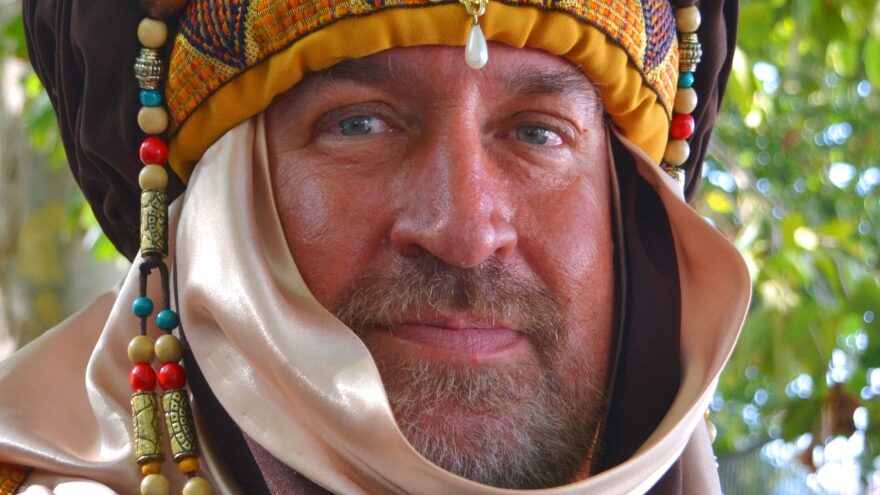
Becoming a Moor
The huge bass drum pulsates through my body as we move forward slowly along the road, a cymbal crashing violently on every step. Either side of us the street is lined with people, some cheering, some applauding, some even bemused by it all. But everyone is smiling. I pick out familiar faces in the crowd. Their curious expressions turn into sudden realisation as they recognise me. They wave, they call out, there’s the occasional choice word. But all I can do is smile and give them a wink in return.
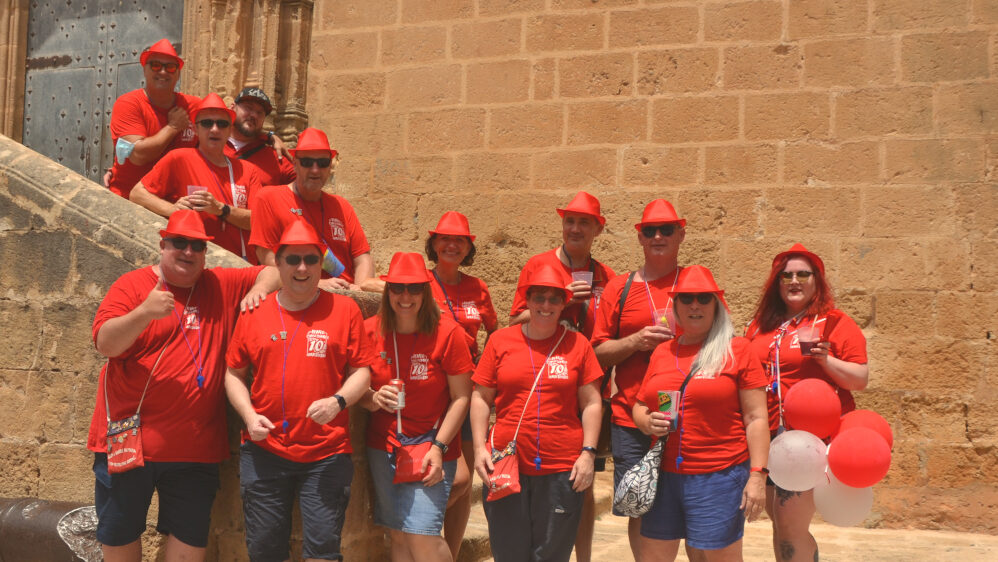
Ten Years A Prawn
We came to Xàbia keen to discover as much as possible about the town that would become our new home. And we were eager to delve into the world of the ubiquitous Spanish fiesta, something so alien to us but so essential to the identity of a nation which simply wouldn’t be what it is without it. There are over 15,000 fiestas throughout Spain and it is said that even if you attempted to experience one a day, you’d be hard pressed to see them all in your lifetime. However it would be nice to give it a try.
“And it is significant that a country as sorrowful as ours should have so many and such joyous fiestas. Their frequency, their brilliance and excitement, the enthusiasm with which we take part, all suggest that without them we would explode.”
OCTAVIO PAZ (1914-1998)
Author
